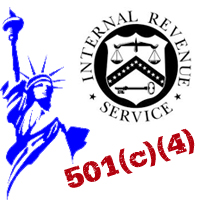As we approach the end of the year, donors are figuring out how much and where to give. For donors over the age of 70, that may mean reviewing an Individual Retirement Account (IRA) and its required minimum distribution. For those donors who don’t want to realize the additional income and who want to support charitable causes, they can make contributions to charities directly from their IRA.
An IRA allows an individual to save for retirement using pre-tax money. Generally speaking, the earnings and gains in an IRA aren’t taxed until distribution. Once the individual reaches 70½, they must to begin taking distributions from their IRA. Failure to do so may subject them to penalties from the IRS. Distributions from the IRA are taxable in the year they’re received.
Alternatively, there is a happy exception that benefits both charities and donors! The individual can make a “qualified charitable distribution” to a charity, which is not taxable, up to a maximum amount of $100,000 per year. If the donor exceeds the $100,000 cap, the excess distribution is taxable. Sadly, this option is not available for ongoing SEPs (wherein contributions continue to be made) or SIMPLE IRAs.
There are a few restrictions – the donation can’t go to a supporting organization, nor can it go into a donor-advised fund. The charity needs to treat the donation like any other, by issuing an acknowledgement. Most importantly, the donor (and the IRA trustee) should confirm that the recipient organization is a tax-exempt public charity.
-
Perlman & Perlmanhttps://www.staging-perlmanandperlman.com/author/nancyisrael/
-
Perlman & Perlmanhttps://www.staging-perlmanandperlman.com/author/nancyisrael/
-
Perlman & Perlmanhttps://www.staging-perlmanandperlman.com/author/nancyisrael/
-
Perlman & Perlmanhttps://www.staging-perlmanandperlman.com/author/nancyisrael/












